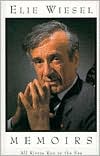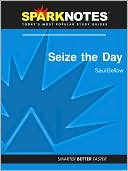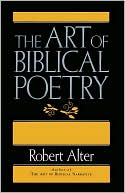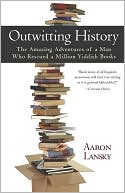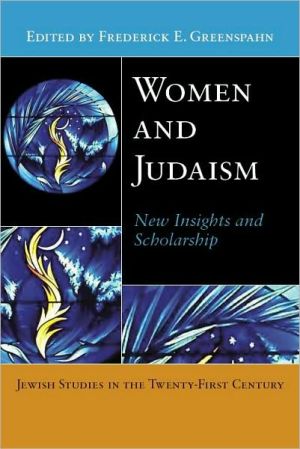The Idea of Biblical Poetry: Parallelism and Its History
Is there poetry in the Bible? Does it have rhyme or meter? How did ancient Hebrew writers compose their works? James Kugel's provocative study provides surprising new answers to these age-old questions. Biblical "poetry" is not a concept native to the Bible itself, he proposes, and the idea that the Bible is divided into prose and verse is merely an approximation of the reality of biblical style. Arguing that the Bible presents a continuum of speech heightened in varying degrees by different...
Search in google:
Is there poetry in the Bible? Does it have rhyme or meter? How did ancient Hebrew writers compose their works? James Kugel's provocative study provides surprising new answers to these age-old questions. Biblical "poetry" is not a concept native to the Bible itself, he proposes, and the idea that the Bible is divided into prose and verse is merely an approximation of the reality of biblical style. Arguing that the Bible presents a continuum of speech heightened in varying degrees by different means, Kugel sets out to describe Hebrew's high style on its own terms. He also offers a thorough history of the idea of biblical poetry, starting with Philo of Alexandria and Josephus in the first century C.E. and charting its development through the Church Fathers, medieval Jewish writers, the Christian Hebraists of the Renaissance, and on into modern times. The story of how each age understood the nature biblical poetry, Kugel concludes, is a key to understanding the Bible's place in the history of Western thought.ShofarConsistently erudite, lucid, honest, revisionist, and awesomely comprehensive.
PrefaceBibliographical Abbreviations1The Parallelistic Line12Poetry and Prose593Rabbinic Exegesis and the "Forgetting" of Parallelism964Biblical Poetry and the Church1355The Meter of Biblical Songs1716"What Is the System of Hebrew Poetry?"2047A Metrical Afterword287App. AThe Persistence of Parallelism305App. BOn Syntax and Style, with Some Reflections on M. P. O'Connor's Hebrew Verse Structure315General Index325Scriptural Index333
\ Journal of the American Academy of ReligionBy challenging some of scholarship's most cherished positions, this book will undoubtedly become the sine qua non for all future discussions of biblical language.\ \ \ \ \ Journal of Jewish StudiesThis book is a truly remarkable achievement.\ — P. Wernberg-Moller\ \ \ \ Journal for the Study of the Old TestamentA pleasure to read and obviously fun to write, a book which reminds us, through its mastery of critical rhetoric and immense learning, of the playfulness of being a scholar.\ — Francis Landy\ \ \ \ \ \ ShofarConsistently erudite, lucid, honest, revisionist, and awesomely comprehensive.\ \ \ \ \ ShofarConsistently erudite, lucid, honest, revisionist, and awesomely comprehensive.\ \ \ \ \ \ Journal of Jewish StudiesThis book is a truly remarkable achievement.\ — P. Wernberg-Moller\ \ \ \ \ \ Journal of the American Academy of ReligionBy challenging some of scholarship's most cherished positions, this book will undoubtedly become the sine qua non for all future discussions of biblical language.\ \ \ \ \ \ Journal for the Study of the Old TestamentA pleasure to read and obviously fun to write, a book which reminds us, through its mastery of critical rhetoric and immense learning, of the playfulness of being a scholar.\ — Francis Landy\ \ \ \ \ \ P. Wernberg-MollerA truly remarkable achievement. -- Journal of Jewish Studies\ \ \ \ \ ShofarConsistently erudite, lucid, honest, revisionist, and awesomely comprehensive.\ \


